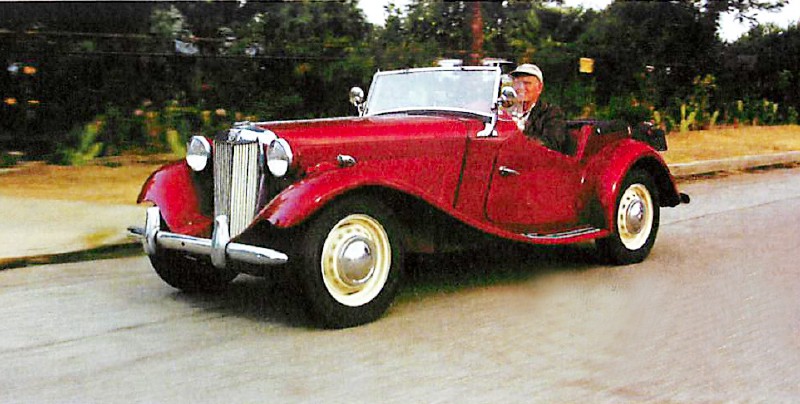Building horsepower with an internal-combustion engine is fairly basic. Piston engines only require two things to function: air and fuel. (Spark is also require for non-diesels.) The more of these elements that can be forced into a given combustion space, the more horsepower can be generated. That being said, let’s move to the most basic of the elements, air, and how its quality and quantity increase performance.
K&N Engineering pioneered performance air-filtration more than 35 years ago. In addition to their replacement 1,000,000-mile filters and performance intake systems for classic British sportscars (see MGB offerings in the Spring 2003 issue, archived at www.britishmotoring.net*), K&N offers applications for most popular cars and trucks—including the new Mini, the popular British BMW phenomenon.
Surprisingly, K&N stresses that air quality is as important as air quantity when making horsepower. The engine can only ingest so much air, and K&N’s key to producing power is delivering as much clean, cool, and smooth (turbulent-free) air to the engine as possible.
Our guinea pig for this job is a new Mini Cooper S. K&N’s 69-Series Typhoon (Moss Mini #100-549) helps the S’s supercharger achieve more of its potential, adding nearly 4 horsepower. In addition to providing smoother air, the Typhoon kit relocates the air pick-up as far from the engine’s heat source as possible to ensure a flow of cooler, denser air.
The system also includes K&N’s “rechargeable” (washable and reusable) High-Flow air filter, a mandrel aluminum intake tube, a powder coated heat shield, and all the necessary installation hardware. With a little bit of elbow grease and common hand tools, we had our li’l Mini ripping down the road with a throaty growl in under one hour. THe sweet intake growl was an unexpected bonus.
How To: K&N Intake Install
1. Moss Mini offers several intake systems for BMW-made Coopers. The K&N 69-Series Typhoon is available with different-colored intake tubes: silver, red, blue or polished aluminum. The kit includes a washable/reusable high-flow air filter, the aluminum tube, a powder coated steel heat shield, silicone couplings, instructions, and all hardware necessary for bolt-in installation.
2. The job begins by removing the stock intake line to the OE air box.
3. Remove the factory air box, which lifts straight up.
4. After removing the air cleaner lid, loosen the clamps on the air-cleaner inlet duct and remove it.
5. Remember to unclip the throttle-body connection before removing the OE intake tube. Remove the clip gently so it won’t get damaged.
6. The stock hose clamp requires diagonal cutters to be removed. With the clamp loose, remove the intake tube.
7. Next, install the K&N heat shield. It attaches to the top edge of the factory air box’s bottom. The rubber of the top edge of the shield forms a seal against the hood.
8. Install the main intake tube to the throttle body; use the provided silicone coupling and barrel hose clamps.
9. Snug the Z-bracket attached to the main intake tube to the rubber stud in the air box. This will keep the Typhoon from moving while the engine is running.
10. K&N provides a new air inlet duct to keep cool air to the filter. Install the duct with the provided hardware.
11. The bottom of the duct is secured to the top of the original air-cleaner base with the provided hardware.
12. Reconnect the throttle body electrical connector.
13. Not all aftermarket intake systems are CARB-legal for California street use. Be sure to attach the CARB tag for smog purposes—the EO number may be required at your next smog visit.
14. Good looks, good power, great fit: What else could you want?
By Andrew Schear







'Breathe Easy: K&N’s Typhoon Intake System for the Mini-S' has no comments
Be the first to comment this post!